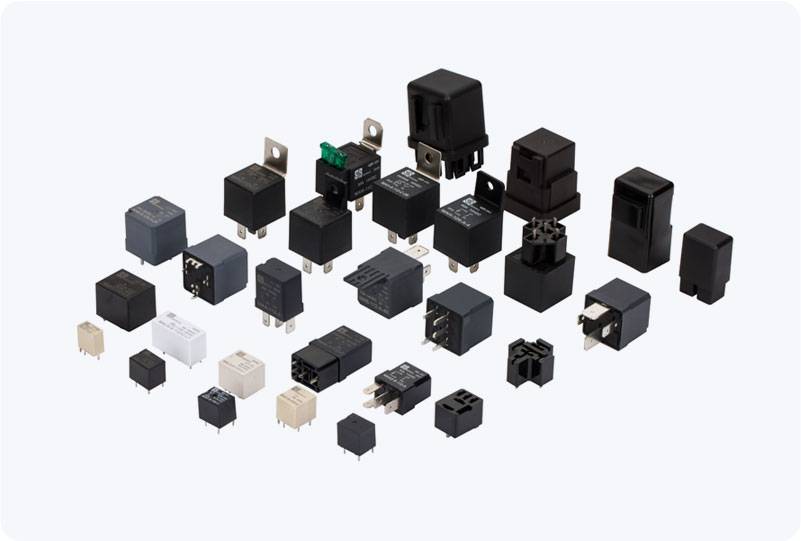understanding solid state relay (ssr): a modern solution for electronic switching
Release time:2025-04-29 11:15:00
Solid State Relays (SSRs) have revolutionized the world of electrical switching by replacing traditional mechanical relays with solid-state components. SSRs are a crucial part of modern electronics, offering numerous advantages over their electromechanical counterparts. This article explores the workings, benefits, applications, and future of SSRs, shedding light on why they have become an indispensable component in various industries.

What is a Solid State Relay?
A Solid State Relay (SSR) is an electronic switching device that allows a low-power control signal to switch on and off a higher-power load, without any moving parts. Unlike mechanical relays, which use an electromagnet to open and close contacts, SSRs operate using semiconductor devices, such as triacs, thyristors, or diodes, to control the flow of electricity. This fundamental difference offers various benefits, including faster switching speeds, longer lifespan, and quieter operation.
The most significant characteristic of an SSR is its ability to perform the switching operation without physical contact, making it highly durable and capable of withstanding vibrations, extreme temperatures, and harsh environments. Additionally, SSRs can handle a variety of input signals, such as DC or AC, making them versatile for a wide range of applications.


